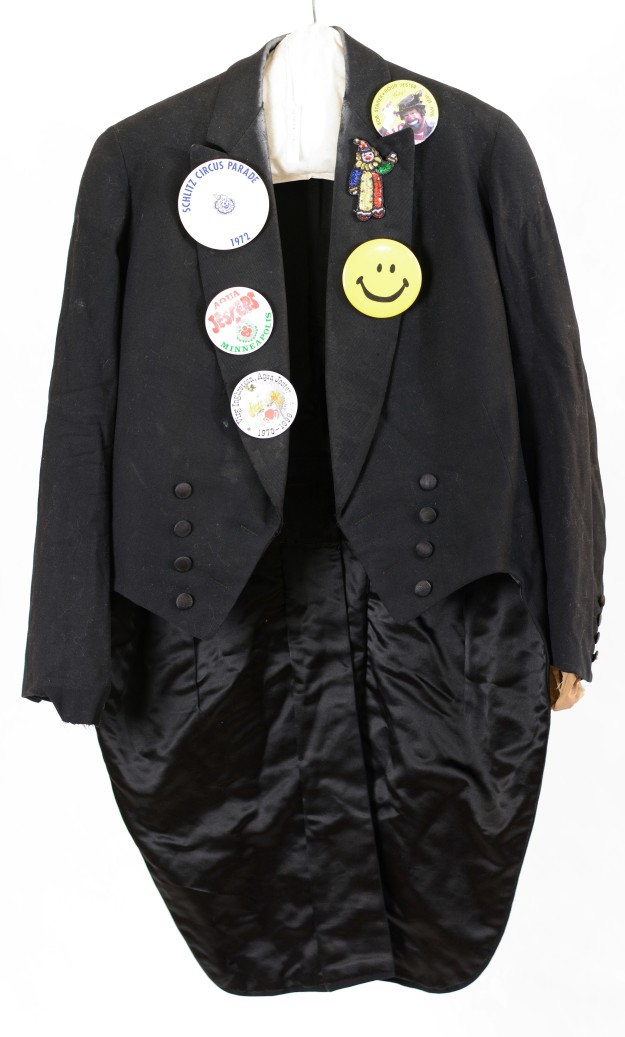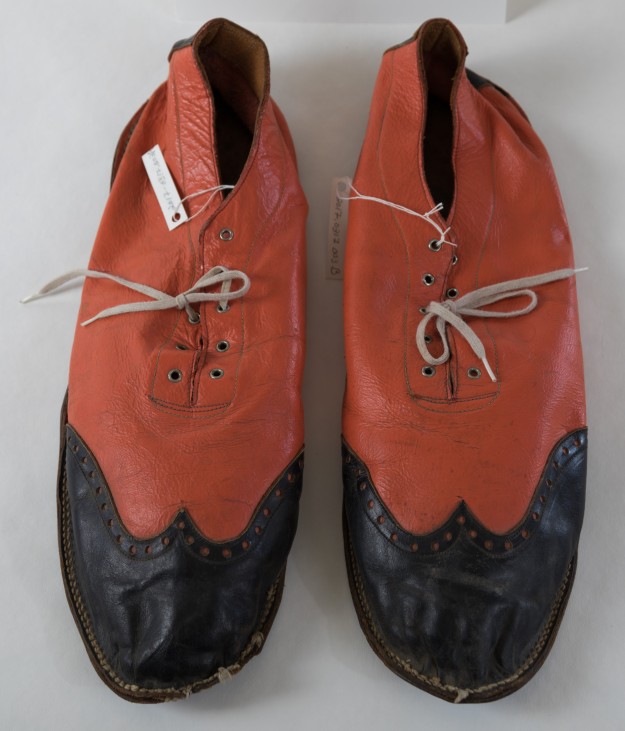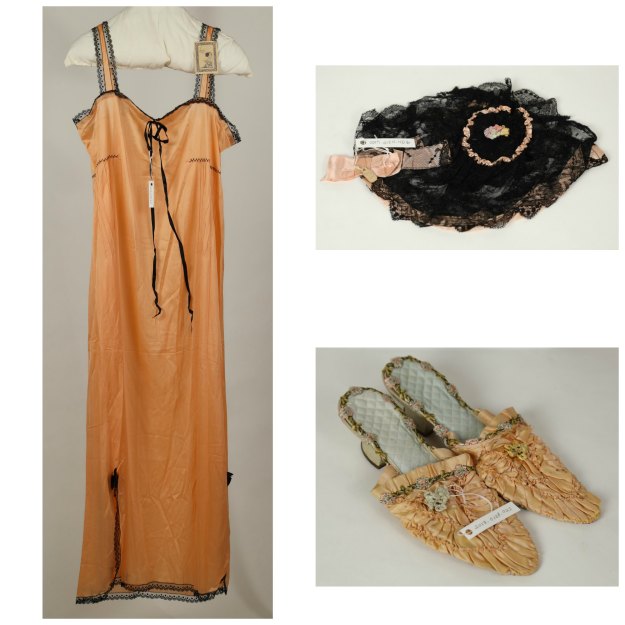This week’s object of the week is an unassuming black blouse that donor, Ms. Hyacinth Easthagen, called, “not beautiful,” and “not well finished.” Although Hyacinth, the great-granddaughter of the woman who owned the blouse, was not impressed with its appearance, she recognized its historical significance. When telling history through objects, this is a common theme. An object may appear to be rather plain or ordinary, but its connection to historical places or events gives it significance.
This blouse was worn by Bertha Kehn, wife of August Kehn, also spelled Kuhnn or Kuehne. The Kehns immigrated from Germany and settled in Hennepin County, part of one of the first waves of pioneers to settle in Minnesota. Mrs. Kehn, wrote Hyacinth, was “a large woman about five feet seven or eight inches tall, with a full bosom.” As a farm woman, she likely made the blouse herself, just as she made clothing for the rest of her family. Considering she went on to have fifteen children, sewing that many outfits would not have been a small feat.
Although Hyacinth believed that the Kehns settled in Hanover, Minnesota, the book History of Minneapolis: Gateway to the Northwest, published in 1923, wrote that they settled in Greenwood. Today, Greenwood is known as Greenfield, and is just south of Hanover. Whether the Kehns lived in Greenwood or Hanover, it’s certain they called the northwest corner of Hennepin County their home for many years. The homestead property was “large enough to be divided into five farms, for his five sons,” wrote Hyacinth, although one of their sons passed away before reaching adulthood. Their ten daughters were all married, and all of them had children.
Bertha passed away in Greenwood Township in 1907, and her husband in Hanover in 1917. While their children, grandchildren, and great-grandchildren spread out to other areas of Minnesota and the United States, Bertha’s black blouse still lives at Hennepin History Museum.
Museums collect some objects for their beauty or artistic value, and others for their ability to tell a story; in this case, the story of a large family of early Minnesota immigrants. It begs the question: in a hundred years, what objects do you own that could be used to tell your story?
Written by Caitlin Crowley. Caitlin graduated this spring with a BA in history and a minor in medieval studies from Augsburg College. This fall she will be attending the U of M for a masters in Heritage Studies and Public History.
Sources
Donor letters from Hyacinth Easthagen
History of Minneapolis: Gateway to the Northwest, Volume III, Minneapolis: The S.J. Clarke Publishing Company, 1923.
Reverend Edward D. Neill, History of Hennepin County and the City of Minneapolis Including the Explorers and Pioneers of Minnesota, Minneapolis: North Star Publishing Company, 1881.







